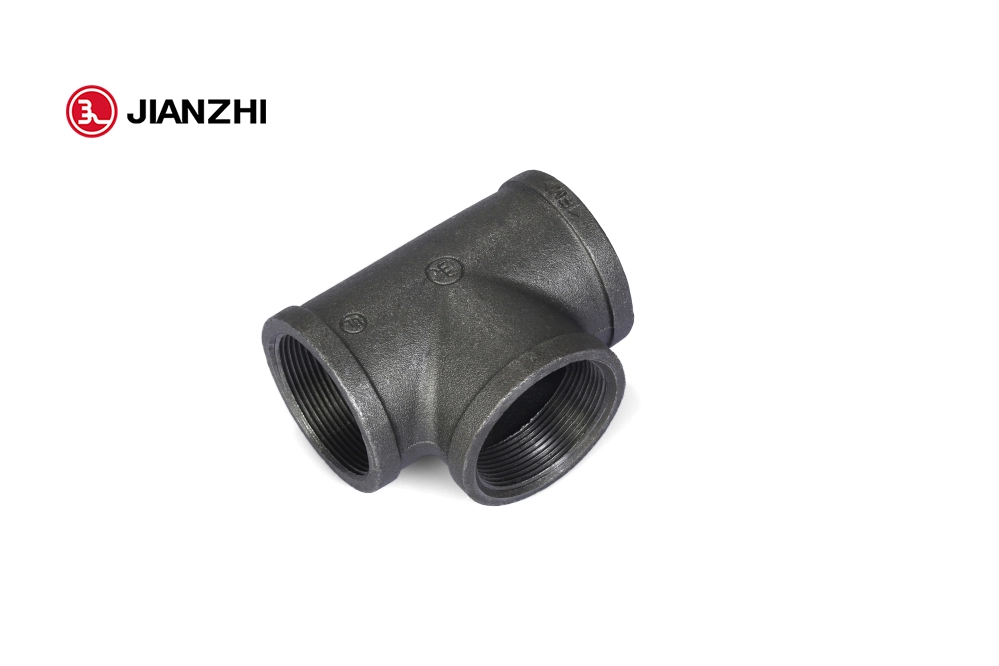Pipe fittings are essential components of many piping systems. They are used to connect and adapt pipes of different sizes and shapes. There are many different types of pipe fittings, and choosing the right one can be tricky.
In this blog post, we will discuss everything you need to know about pipe fittings.
- What are pipe fittings?
Pipe fittings are used to connect pipes and tubes. They come in a variety of shapes and sizes, and are made from a variety of materials. Some common types of pipe fittings are elbows, tees, and reducers. - What types of pipe fittings are available?
Pipe fittings are available in a variety of shapes and sizes to accommodate the needs of most piping systems. There are three main types of fittings: threaded, welded, and glued.
Threaded fittings are the most common type and are used to connect two pieces of pipe together. They are screwed onto the ends of the pipes and then tightened with a wrench. Welded fittings are used to connect pipes that are to be welded together. Glued fittings are used to connect pipes that will be glued together. - How do you choose the right pipe fitting?
When it comes to choosing the right pipe fitting, it can be a bit overwhelming. There are so many different types and sizes to choose from, it can be hard to know where to start. But don’t worry, we’re here to help.
The first thing you need to do is determine the type of pipe you’re using. There are three main types of pipe fittings – threaded, slip, and weld. Each type has its own set of fittings.
Once you’ve determined the type of pipe, you need to determine the size. Pipe fittings come in a range of sizes, so you need to make sure you get the right one.
Once you’ve determined the type of pipe and the size, it’s time to choose the fitting. There are a variety of fittings to choose from, so you need to make sure you get the right one for your project.
If you’re not sure which fitting to choose, or you need help determining the right size, don’t hesitate to ask a professional. They’ll be able to help you find the right fitting and size for your project. - How do you install pipe fittings?
Installing pipe fittings can be a daunting task. It is important to know how to do it properly to avoid any leaks or other problems. Here are a few tips on how to install pipe fittings: - Make sure the pipe is clean and free of any debris or dirt.
- Apply pipe tape to the threads of the pipe.
- Insert the pipe into the fitting and tighten the screws.
- Turn on the water and check for any leaks.
- If there are any leaks, tighten the screws further.
- What are some common problems with pipe fittings?
Some common problems with pipe fittings are that they can leak, corrode, and become clogged. Pipe fittings can be made from a variety of materials, including metals, plastics, and composites. The type of material used will pipe t fitting determine how well the fitting resists corrosion and wear. - How do you troubleshoot pipe fitting problems?
When it comes to pipe fitting problems, it can be tough to know where to start troubleshooting. Here are a few tips to help you get started: - Check the connections. Make sure that the connections are tight and secure.
- Check the pipe. Make sure that the pipe is the correct size and is in good condition.
- Check the fittings. Make sure that the fittings are the correct size and are in good condition.
- Check the gaskets. Make sure that the gaskets are in good condition and are properly seated.
- Check the clamps. Make sure that the clamps are tight and secure.
- Check the supports. Make sure that the supports are in good condition and are properly spaced.
- Check the alignment. Make sure that the pipe is properly aligned.
- Check the torque. Make sure that the fittings are properly torqued.
If you are still having trouble troubleshooting pipe fitting problems, don’t hesitate to call a professional. - How do you maintain pipe fittings?
There are a few things you can do to help maintain pipe fittings and extend their lifespan. First, make sure that you always use the correct fittings for the type of pipe you are using. Second, avoid over-tightening fittings – doing so can damage them and make them more prone to leaks. Third, keep fittings clean and free of corrosion and other debris. Finally, regularly inspect fittings for damage and leaks, and fix any issues promptly. - What are the benefits of using pipe fittings?
There are many benefits to using pipe fittings. Pipe fittings can help to connect and join pipes together, which can help to create a strong and durable pipe system. Pipe fittings can also help to reduce the amount of stress that is placed on pipes, which can help to extend the life of the pipe system. Additionally, pipe fittings can help to improve the flow of fluid through a pipe system.
Thanks for reading! We hope this blog post has helped you learn more about pipe fittings. We encourage you to do your own research to learn more about the different types of fittings and how they can be used in your piping system.
